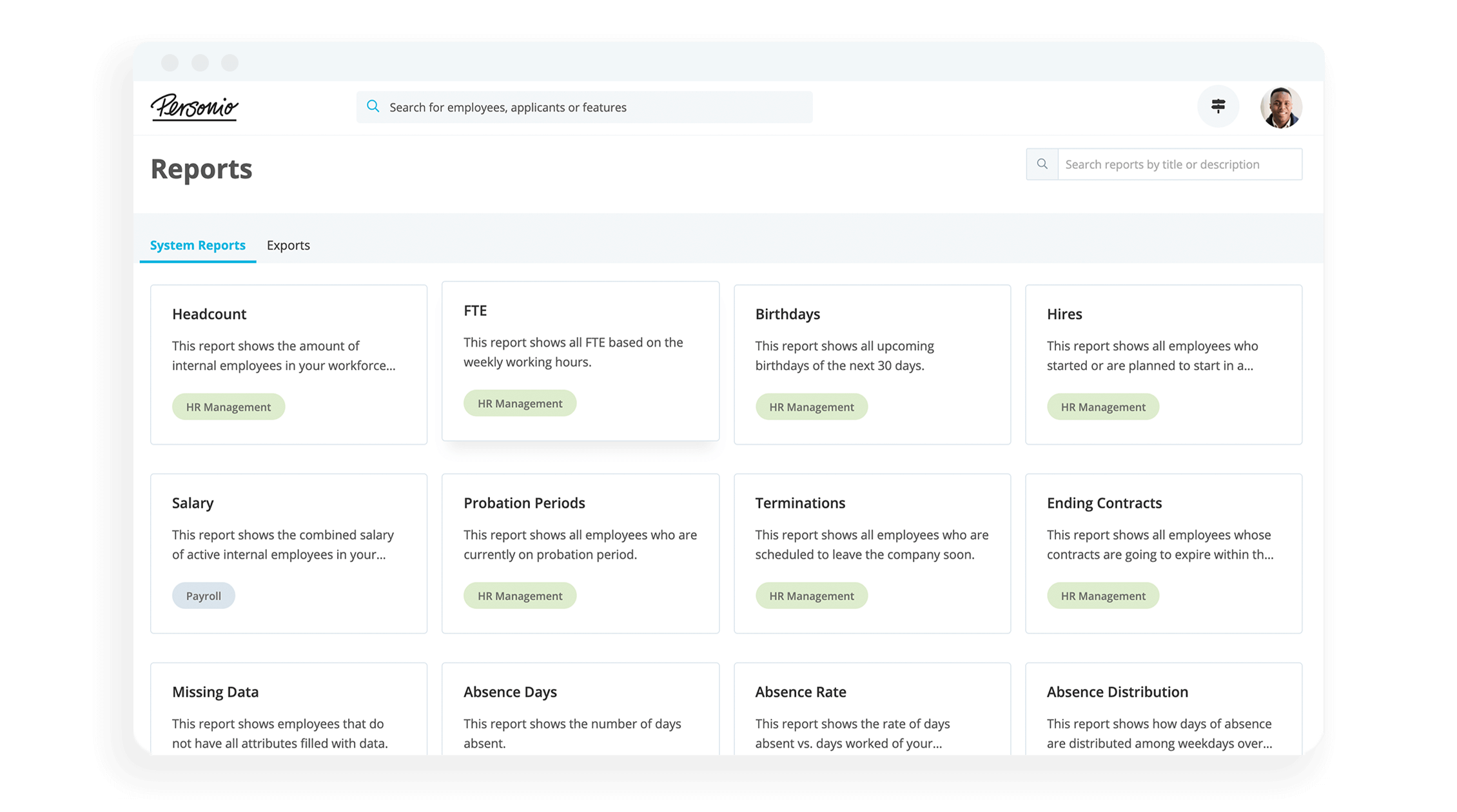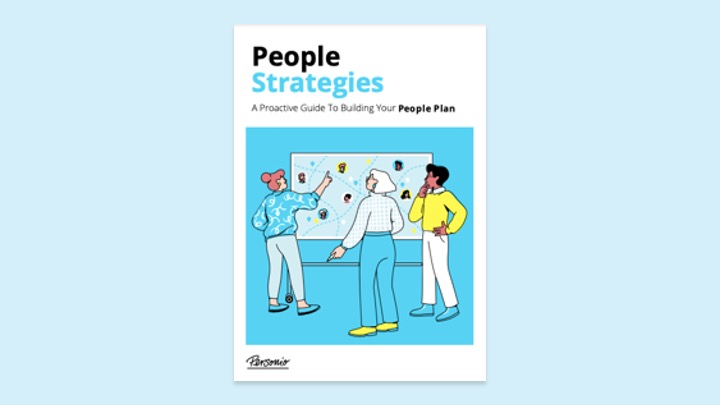Do employee engagement surveys work? Well, that starts with a rather simple question: How engaged are your employees, really? Ready to see what employees are really thinking and develop a strategy to improve engagement? It’s time to put assumptions aside and dig into the data with an employee engagement survey.
Keen to get started? Download our employee survey template and read along.
Contents
What Is An Employee Engagement Survey?
How Does An Employee Engagement Survey Typically Work?
How Often Should You Run An Employee Engagement Survey?
Employee Engagement Survey Questions Template
What Should You Do With Your Survey Data?
Identify And Improve Your Engagement Blind Spots
What Is An Employee Engagement Survey?
An employee engagement survey is an interactive document created by a company to measure their employees’ collective motivation levels, productivity levels, and connectedness in the workplace.
Digging deeper, it uncovers how:
- Satisfied employees are in their roles
- Aligned they are with the company’s values and goals
- Enthusiastic they are about the work they do.
Employee engagement surveys are crucial in identifying areas of improvement for the company.
Through them, managers can get an honest look into the workplace, gain insights into the employee experience, and get the information they need to set accurate benchmarks.
Do You Really Need An Engagement Survey?
Chances are, yes!
That’s because more and more of your employees might be scrolling through job ads on their lunch break. In fact, it’s quite likely, since only 13% of UK employees aren’t actively looking for a new job.
That leaves a lot of workers, maybe even some of your very own, who could put in their notice tomorrow.
Moreover, surveys also help build better communication and trust between employees and management. When an employee feels like their voice is heard, they’re more empowered to do their best work.
When you ask the right questions and act on the data you’ve collected, an employee engagement survey can help:
- Reduce employee attrition
- Increase motivation
- Improve productivity
- And more…
Read our full guide to employee attrition rates right here.
An Overview Of Analytics Across Your Org
How much is your current HR software telling you about your workforce? With Personio, you can have easy access to a host of reports to help your organization make strategic decisions more easily.
How Does It Relate To Employee Engagement?
Let’s talk about employee engagement — or more specifically, the lack thereof in the UK: Only 11% of the UK workforce is engaged in their work, with 68% not engaged and 21% actively disengaged.
According to Personio’s Chief People Officer, Ross Seychell, employee engagement is far more than a vanity statistic. In fact, he views it as an underestimated revenue driver for successful organizations. Read his post about it right here.
Three of the most common and impactful drivers of employee engagement are:
| Driver | Explained |
|---|---|
| Learning and Development Opportunities | Employees have ample opportunities to grow and learn in their role and industry with the support and guidance of leadership. They’re given the tools they need to succeed. |
| Leadership Alignment and Support | Employees have confidence and trust in their leadership team. Leadership demonstrates to employees how much they value them and they’ve conveyed a clear vision and mission for the company. |
| Quality Service | The team is dedicated to delivering quality service and improving their product and workplace, and that dedication is clearly demonstrated by employees and leadership alike. |
Check out our guide to developing leaders in your org today.
What Role Do Leaders Play In Engagement?
Keep in mind that an employee’s engagement is directly impacted by their leadership team and management.
Forty per cent of employees say their managers are good or very good at seeking employees’ views, responding to their suggestions, and keeping them informed of decisions. But almost 30% say their manager’s work is poor or very poor.
When your employees are engaged in their work, they’re not only productive on a day-to-day basis. They’re also more aligned with the company mission, share the company values, and are genuinely motivated to do great work because they believe in the work they’re doing.
When that engagement flatlines, productivity falls, as does the quality of work and workplace culture. Eventually, employees will start to leave.
To sidestep those issues, you need to get to the heart of your employees’ experiences. Ask yourself:
- Do they know what the company’s missions, goals, and values are?
- Do they feel connected to their work?
- What do they enjoy most about it?
- What can be improved?
Here’s the best part: All of these questions, and more, can be addressed in an employee engagement survey.
Read our complete guide to employee engagement right here.
How Does An Employee Engagement Survey Typically Work?
Getting the most from your employee engagement survey starts with setting specific goals.
Do you want to kick productivity up a notch? Improve employee-management communications? Overcome and heal a toxic workplace culture?
Gathering data on employees’ overall engagement, including questions specific to your company’s goals, will help you create a more tailored roadmap for improvement.
You’ll also want to defer to senior leadership and management to measure levels of engagement across the company, determine what questions they need to be answered, and see what they think can be improved.
One of the most important things to remember when creating an employee engagement survey is to keep it simple.
Use multiple-choice questions and sliding scales to get high-level information. Then, include open-ended options for questions that require more context.
How Often Should You Run An Employee Engagement Survey?
How often you conduct an employee engagement survey will depend on the goals you’ve set, and whether you’re trying to find a proactive or reactive solution.
| Proactive Surveys | Reactive Surveys |
|---|---|
| Some workplaces conduct annual employee engagement surveys to check in on their teams and tweak smaller aspects of the company depending on the insights they receive. | Other workplaces will conduct a survey once a major issue has been brought to their attention or they’ve seen a rise in attrition or decrease in productivity. Some sort of red flag has been raised and they need to get to the bottom of it. |
Some workplaces conduct “pulse” surveys instead of long-form one-time surveys, wherein the survey is split up into shorter questionnaires delivered throughout the year or quarter so it’s easier for employees to complete.
Click here to read more about pulse surveys and how you can use them.
Should Employee Engagement Surveys Be Anonymous?
This depends — are your employees comfortable with delivering feedback about the company to their manager or leadership team?
In some cases, anonymity can be a strength; employees may feel more comfortable giving honest feedback if they can remain anonymous.
When there’s a name to the survey, though, management can build out more personalized improvement plans based on their answers, leading to more detailed action plans and better end results.
If you’re unsure how to move forward, quickly survey the employees to see which method they prefer, or give them an option to remain anonymous if desired.
Free Download: Employee Survey Template
Interested in figuring out where things stand in your organization? Download our employee survey today to start running recurring employee engagement surveys right now.
Employee Engagement Survey Questions Template
Draw from the following suggestions to create a tailored employee engagement survey for your team. Many of the following questions can be presented as multiple-choice, as a sliding scale, or as an open-ended question — choose the method that works best for your workplace and goals.
The Basics
- Name
- Role
- Department
- Location
- Years with Company
Employee Experience
- How happy are you with your job?
- Would you recommend working here to someone you know?
- How appreciated do you feel?
- Do you feel as though your voice is heard and valued?
- Do you feel as though you’re a part of the decision-making process? Do you want to be?
- How enthusiastic do you feel about coming to work each day?
- How engaged do you believe you are at work?
- How motivated are you to complete your work to the best of your abilities?
- Are there any benefits or work perks you feel you’re missing?
- How is your work-life balance?
- Do you feel you’re reaching your potential in your role?
- Do you feel your pay is a fair reflection of your work and experience?
Mission and Values
- What is our company’s mission?
- What are our core values?
- What are our company’s goals for this year/quarter?
- What are your personal career goals for this year/quarter?
- How aligned do you feel with our company and mission?
Leadership
- Do you feel like you can approach leadership about concerns and issues?
- Do they give clear, actionable guidance?
- Do they have a positive influence on your perception of work?
- Do you feel rewarded and recognized for your good work?
- Are there clear processes and systems in place to help you do your work to your utmost potential?
- Is your manager a good role model?
- Is leadership transparent with expectations, goals, and issues?
Workplace Culture
- In your opinion, what makes a good workplace culture?
- How would you describe our workplace culture in three words?
- What could we do to improve our workplace culture?
- Do you feel respected and safe at work?
- How positive is our workplace culture?
Learning and Development
- Do you feel supported in your career advancement?
- Do you feel as though there are opportunities to move up in the company?
- Would you be interested in a mentorship program?
- Are there courses/upskilling opportunities you’d like to receive that aren’t currently being offered?
- How could we improve your learning and development experience?
- Are there new projects or roles you’d like to take on?
Retention
- What are the top three reasons you would leave your current job?
- Where do you see yourself in two years?
- Does working here line up with your career plan?
- What incentives or changes would inspire you to stay on the team for the long term?
- How often do you look for another job?
Let Us Know…
- What are we doing well?
- What should we improve on?
- Is there anything else you’d like to share?
Download our employee survey template to build yours today.
What Should You Do With Your Survey Data?
Once you’ve received the completed surveys, review the data with the appropriate leadership team members to identify specific departments or roles that are struggling the most or to identify the most common issues.
Work together to develop a clear plan of action that can help improve the most important issues and use the data to shape your workplace culture, offerings, structure, mission clarity, or leadership approach.
Don’t call out individual employees or use their survey answers against them; instead, work with employees one-on-one as needed to address any larger issues gleaned from the survey.
This can be a great opportunity to help an employee excel in their role or find a better-suited role for them within the company.
Develop A Plan Of Action With A People Strategy
A people strategy can help pave the way for turning data and insights into action. Download our guide and roadmap through the process, alongside Personio’s Chief People Officer, today.
Identify And Improve Your Engagement Blind Spots
At the end of the day, you don’t know what you don’t know.
You may think employee disengagement is obvious to spot, especially if you work at a smaller company, but you never really know how your employees feel until you ask. You may hear about some issues through the grapevine, but that’s not an accurate representation of the entire company.
While employee engagement surveys are often used to find the blind spots and issues in a company, they’ll also shine a light on all the things you’re doing well and what your employees appreciate most.
Ultimately, it’s a learning and listening experience that can transform your company from the inside out.
People Analytics
Using Personio






